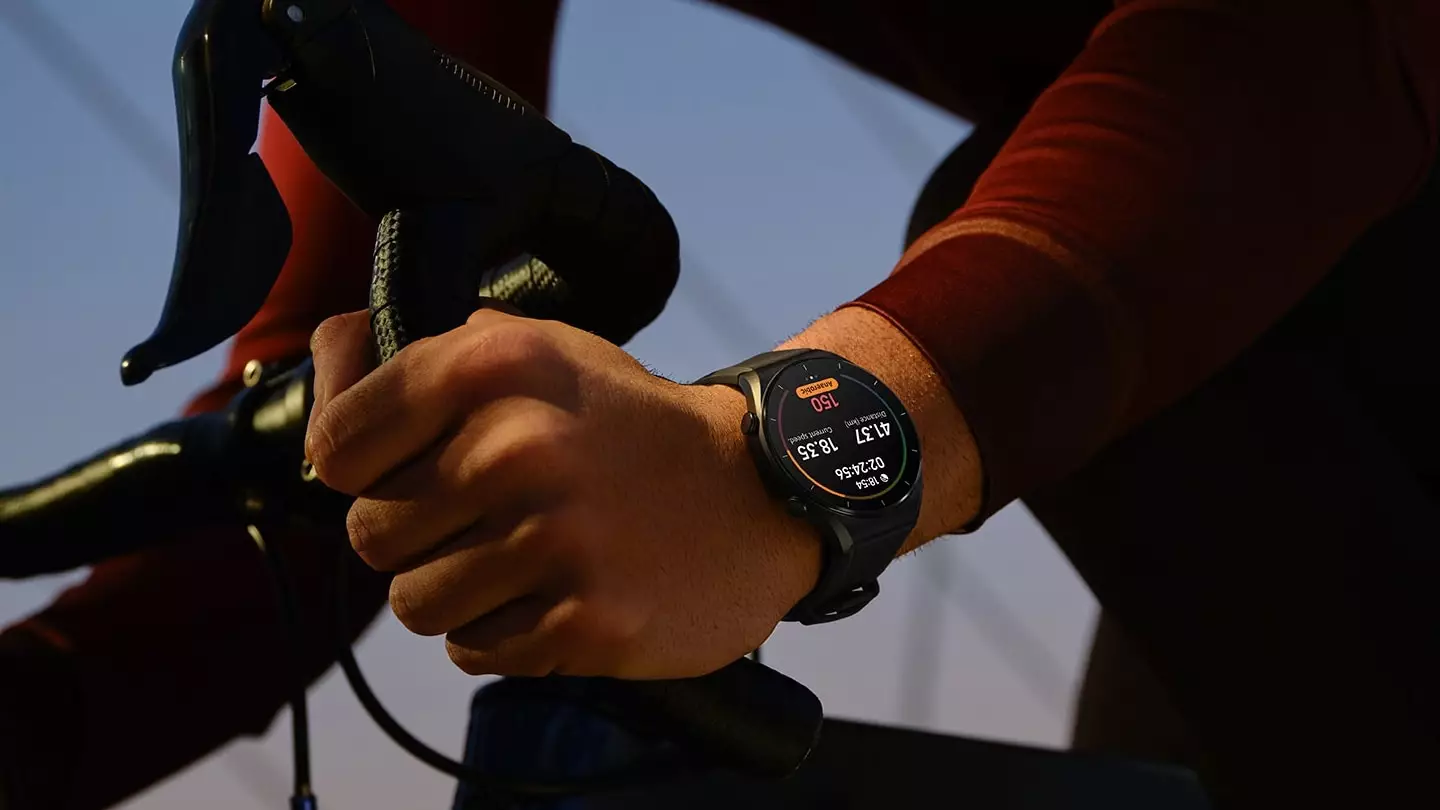The smartwatch industry, once touted as the next big thing in wearable technology, has recently experienced an unexpected downturn. According to the latest report from Counterpoint Research, global smartwatch shipments plummeted by 7 percent year-on-year (YoY) in 2024, an alarming trend for a sector known for its continuous growth momentum. Most notably, Apple, the behemoth in the wearable tech field, didn’t just hold its top position; it also suffered a staggering 19 percent YoY decline in shipments. A wave of discontent seems to envelop Apple Watch users, many of whom express dissatisfaction regarding the stagnant innovation of the Apple Watch SE lineup. The absence of new models has left a palpable void that seems to clash against the brand’s historical narrative of relentless innovation.
A Market in Flux: The Rise of China’s Brands
While Apple struggles, a panorama of opportunity emerges for several Chinese tech brands. Huawei and Xiaomi have risen through the ranks, illustrating the swift changes in consumer preferences and demand. Huawei celebrated a significant 35 percent YoY growth, buoyed by the continued success of its flagship products. Meanwhile, Xiaomi achieved phenomenal growth of 135 percent, marking its first entry into the top five smartwatch brands. Imoo, another player in this sphere, managed to carve out a niche for itself, showcasing a commendable 22 percent growth. It’s disheartening to see that while larger, established companies falter, nimble competitors harness market demands and innovate their way to success.
This stark contrast raises questions about the sustainability of Apple’s model. The company’s dependency on its longstanding reputation may no longer be enough to fend off challengers who are not just pushing out competitive devices but also innovating rapidly. The evolution from basic smartwatches to advanced health and fitness trackers highlights the precarious nature of consumer loyalty.
India’s Dwindling Market Presence: A Cautionary Tale
The decline in shipments isn’t limited to a single brand; it’s indicative of broader issues within specific markets. India, previously a booming territory for smartwatches, saw its market share drop from 30 percent in 2023 to just 23 percent in 2024. The sluggish consumer demand emanates from a confluence of factors including a slow replacement cycle, an alarming absence of innovation, and general user dissatisfaction. The alarm bells should ring—without substantial advancements to captivate and retain consumer interest, the once-vibrant Indian market for smartwatches is seemingly withering.
Those quaking in Silicon Valley should take heed; a lack of innovation is a one-way ticket to obsolescence. It’s a harsh realization when primary growth strides are no longer from established brands. The rise of affordable, feature-rich alternatives is reshaping the landscape, particularly in a market as quickly evolving as wearables.
The Slow Return: What Lies Ahead in 2025
Despite the grim data presented in 2024, analysts propose a flicker of hope for the smartwatch industry in 2025, predicting a slow recovery characterized by single-digit growth. However, this optimism feels muted and heavily contingent upon integrating advanced features that emphasize health monitoring capabilities. As highlighted by Counterpoint’s Associate Director David Naranjo, the future of smartwatches may hinge on more than basic fitness tracking. Advanced sensors for heart health, sleep apnea, and diabetes monitoring may become standard, pushing brands to accelerate their regulatory approvals to leverage these technologies successfully.
It’s undeniable that the smartwatch market’s revival will heavily depend on how brands respond to the increasing demand for more holistic health integrations. The dawning recognition of smartwatches as crucial tools for preventive health care could redefine consumer engagement, offering a glimmer of hope as brands recalibrate their strategies to focus on user-centric innovations.
As we continue to navigate through the unpredictable tides of the tech industry, one principle remains unchallenged: it’s the relentless pursuit of innovation that will dictate the fates of those who dare to tread the waters of wearable technology. Failure to do so will undoubtedly result in further declines, making the current 7 percent slump feel like the mere tip of an iceberg that looms ever larger in the horizon.


Leave a Reply